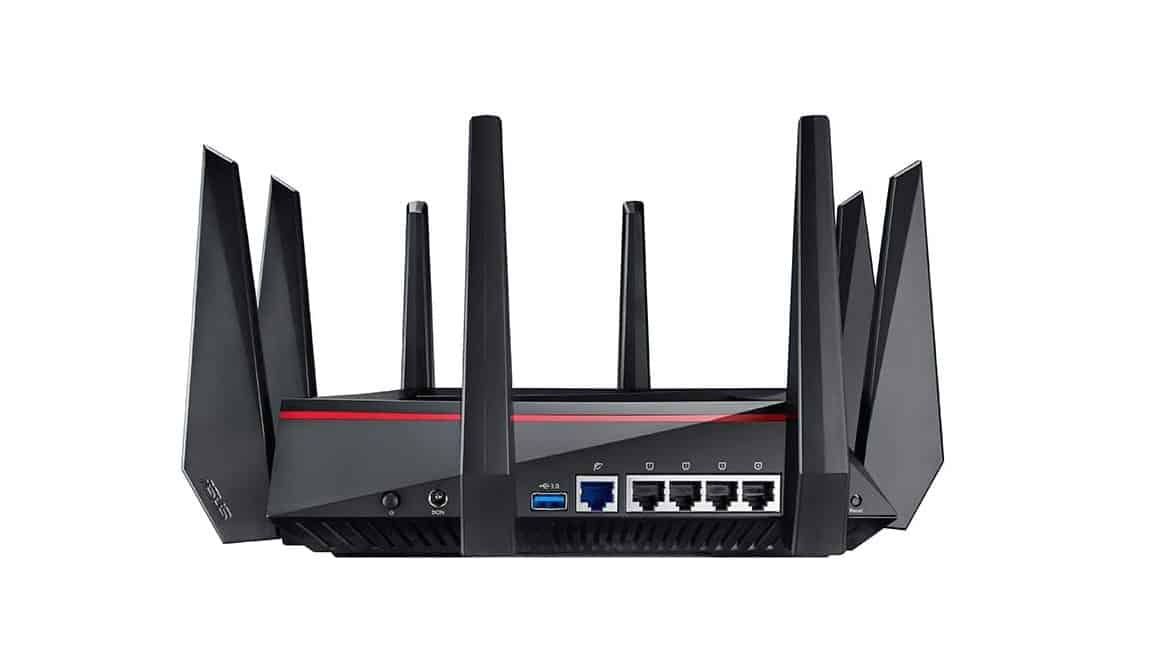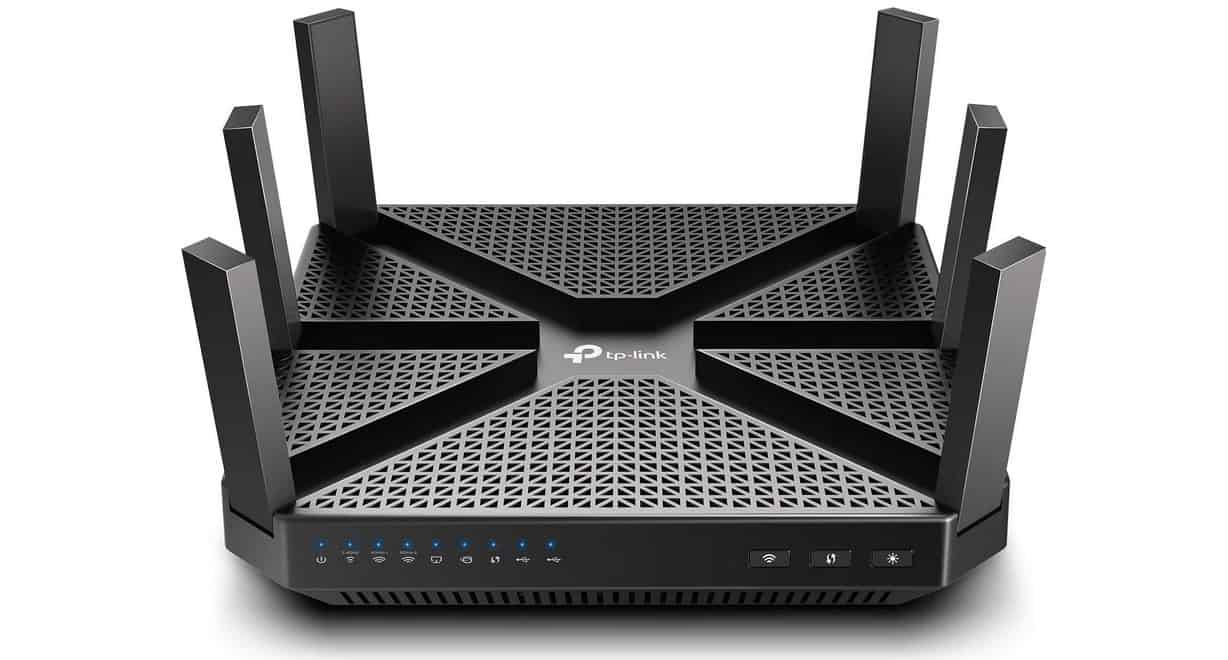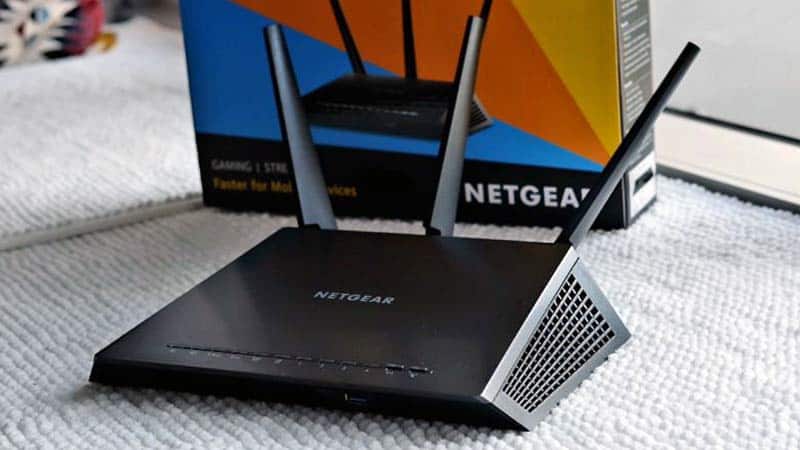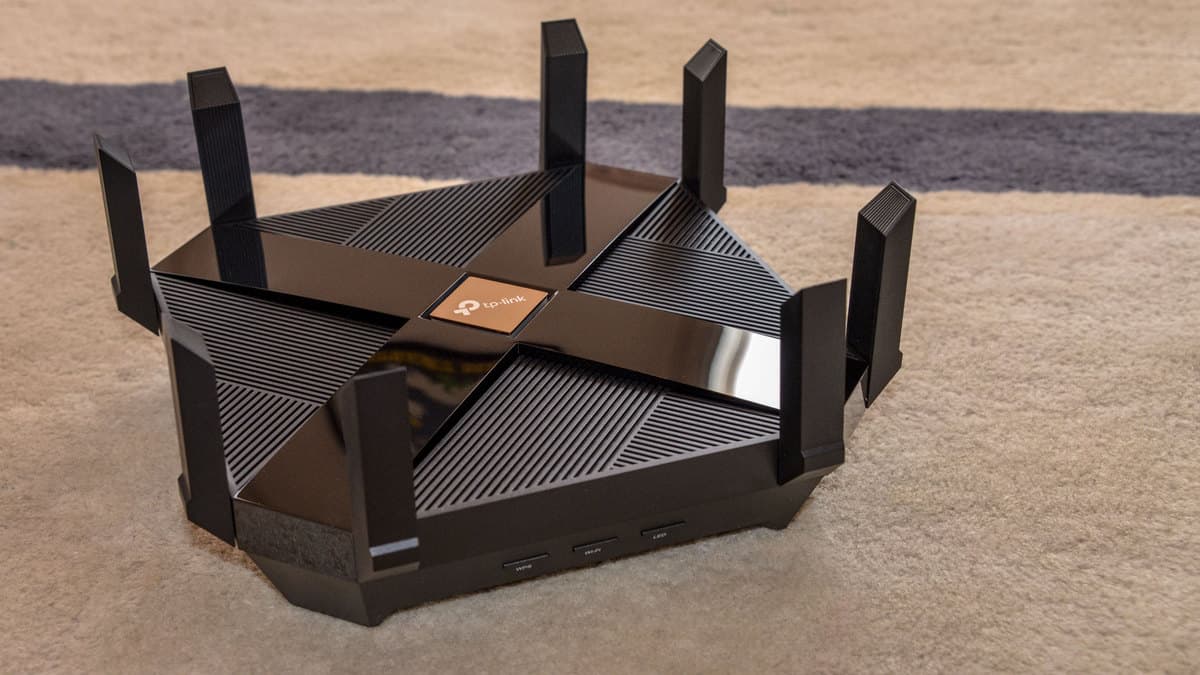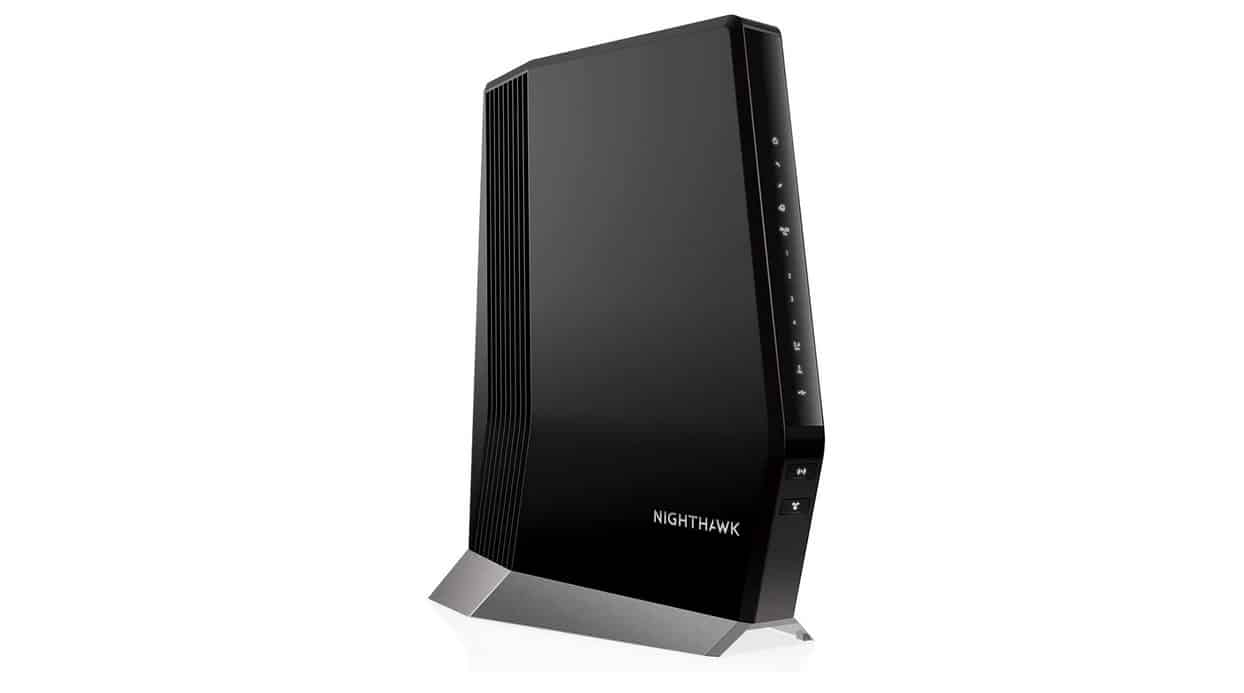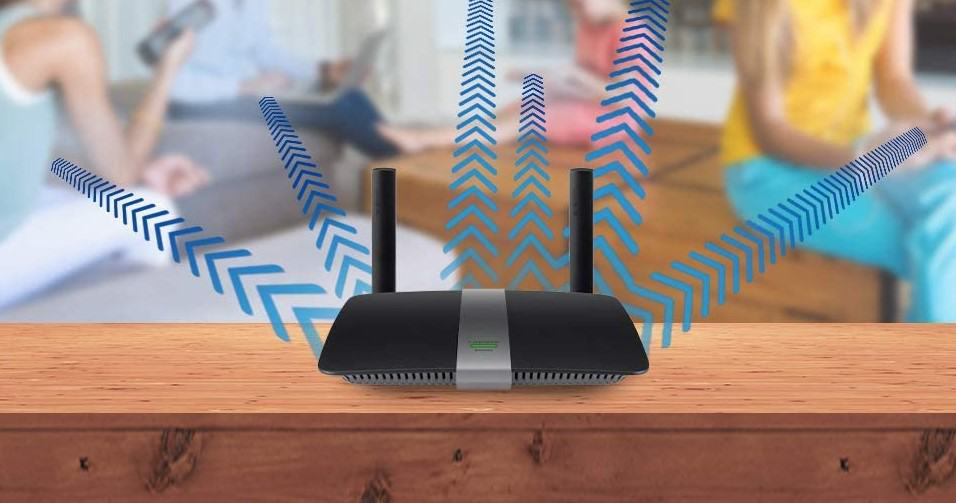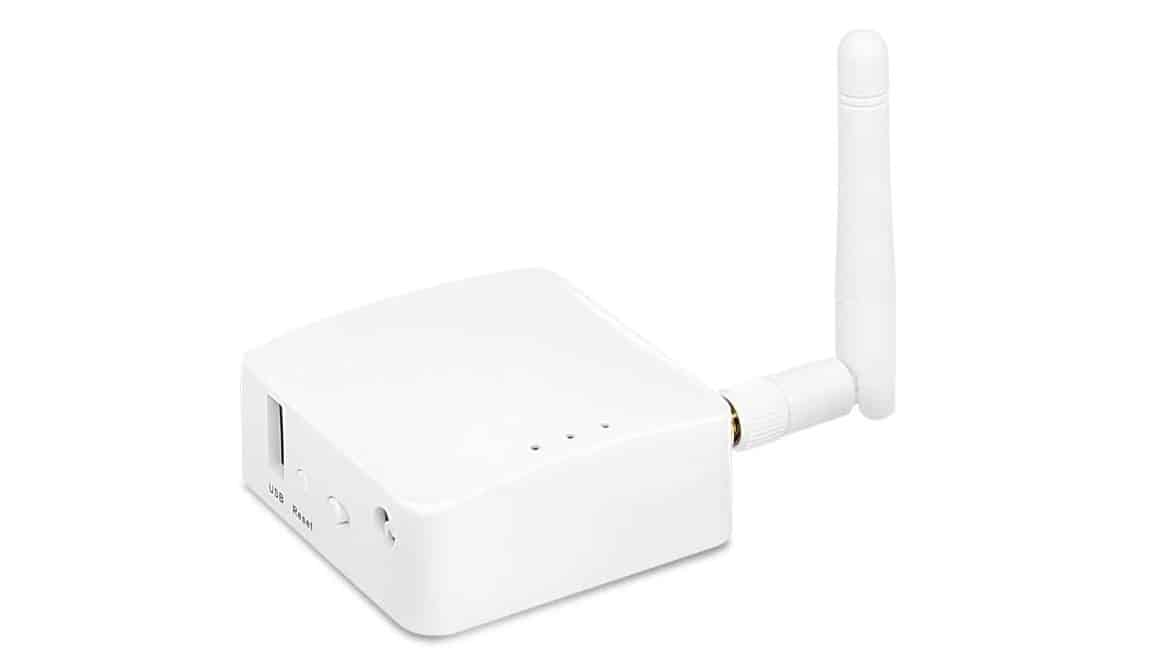What is the best router choice you can make? Do you need a WAP or a router?
If you’ve found this page, you might be one of the many people who each year find themselves asking, what’s the difference between a wireless access point vs. router? Not as much as you might think, so read on in our guide to find out everything you need to know! It might also be helpful to read our best mesh routers.
Routers
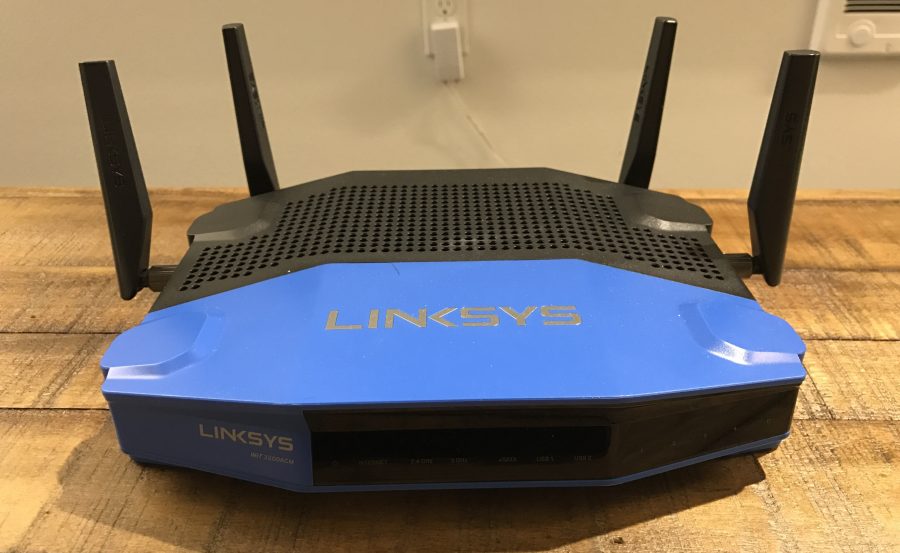
To start off, you can learn everything you need to know about what a router is, how they work, and the best purposes they can serve in your own home networking setup from our article How Does a Wireless Router Work? As a brief recap, for the most part all you need to know is that a router is the device that’s responsible for taking the signal you receive from your internet service provider/their modem, and splitting it up into dozens of different signals that can all be utilized by those in or around your home, such as smartphones, laptops, and tablets.
Because you only receive a single IP address from your ISP, a router is necessary if you plan on connecting any more than one computer at a time using an ethernet cable. Although they’re rare these days, you can still find routers that don’t have any wireless components on them. That said, Wi-Fi capability is a staple accessory on pretty much every router released in the past ten years, which brings us to the next point: wireless access points, or WAP.
Wireless Access Points
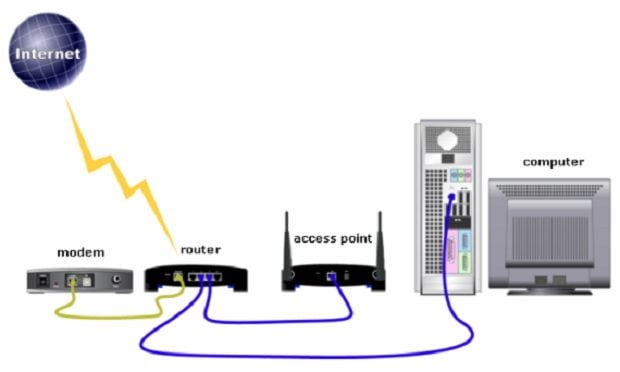
Technically, any router with Wi-Fi onboard can be called a wireless access point, but that’s not their only definition. For example, a router can be an access point, but an access point can’t be a router.
The best real world application of this idea is the new mesh networking systems that have begun popping up as of late. Utilizing external antennas, or “access points”, these routers use multiple hops and jumps in their own network to spread the wireless signal as far as it can possibly go. The main hub is the router, however every antenna plugged in after the fact is what you would refer to as an access point.
This is useful in larger homes where the modem jack may not be in a central location, and you want to get as much signal to every corner of your house possible. Again, the router itself can also count as one of those wireless access points, but the wireless access points wouldn’t work as a router on their own.
Routers vs. Wireless Access Points
So what’s the main rub of choosing a wireless access point over a router, or vice versa? Well for one, there are two different types of systems you should keep an eye out for when choosing the right setup for your home: mesh networks, and routers with range extenders.
Range extenders are an older technology, are generally more complicated to setup than a mesh networking system, and can end up being cost comparative features-wise to more modern mesh options like the AmpliFi.
Second, you may not actually need a wireless access point extender or mesh system if the router you’re already using has large enough antennas to cover your whole home without loss of service. That said, many ISP-leased modem/wireless access point combos don’t have any external antenna in order to look more sleek in central parts of the home, leading to weaker signal that can’t get into vital places like the basement or the backyard.
Wrap Up
There can be a lot of confusing terminology that pops up when it comes to home networking, which is why it’s important that you stay tuned to all the latest news, guides and reviews popping up every day here at Gadget Review!
Related Articles:




















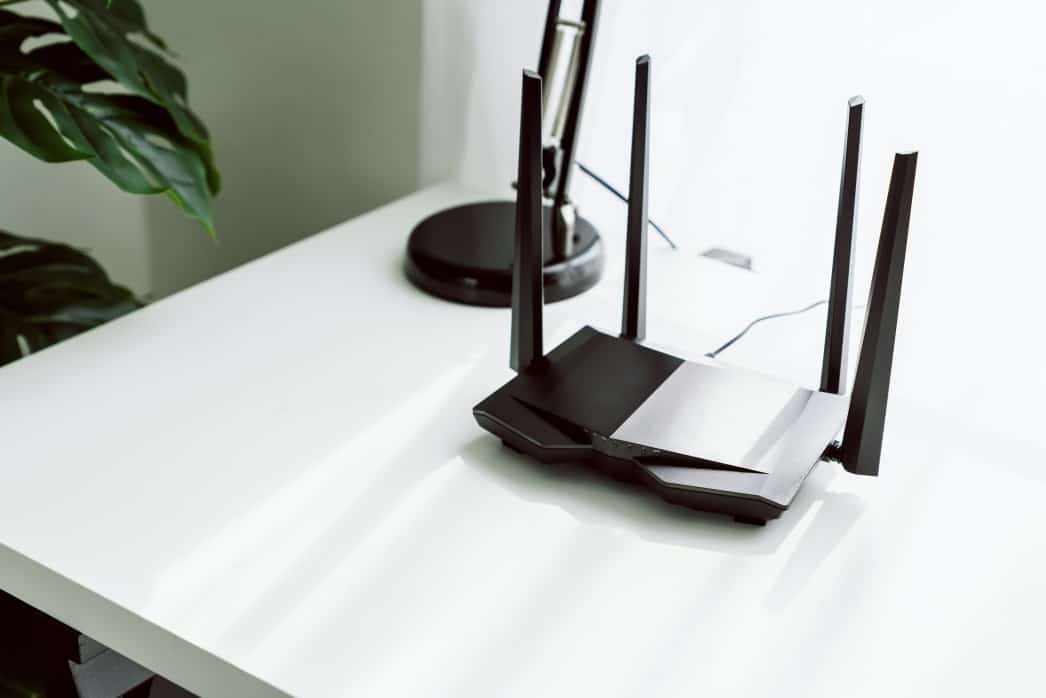







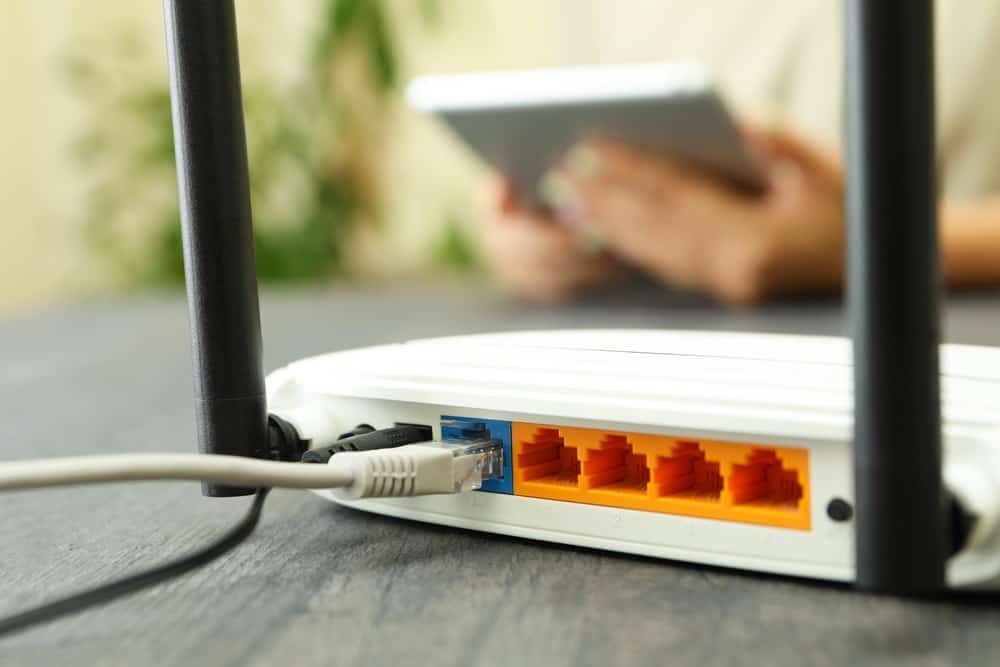
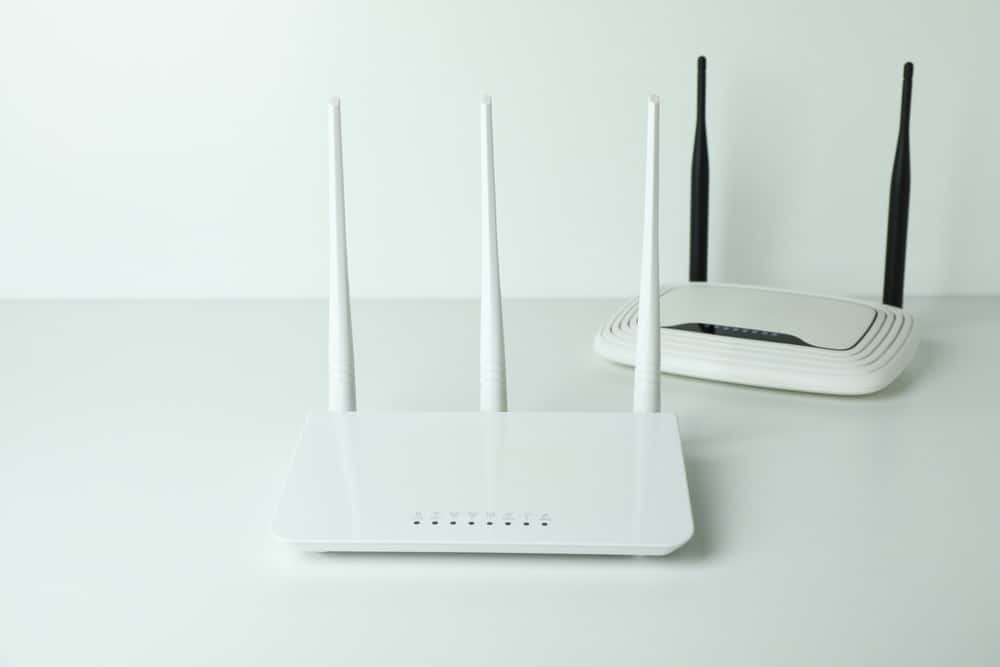
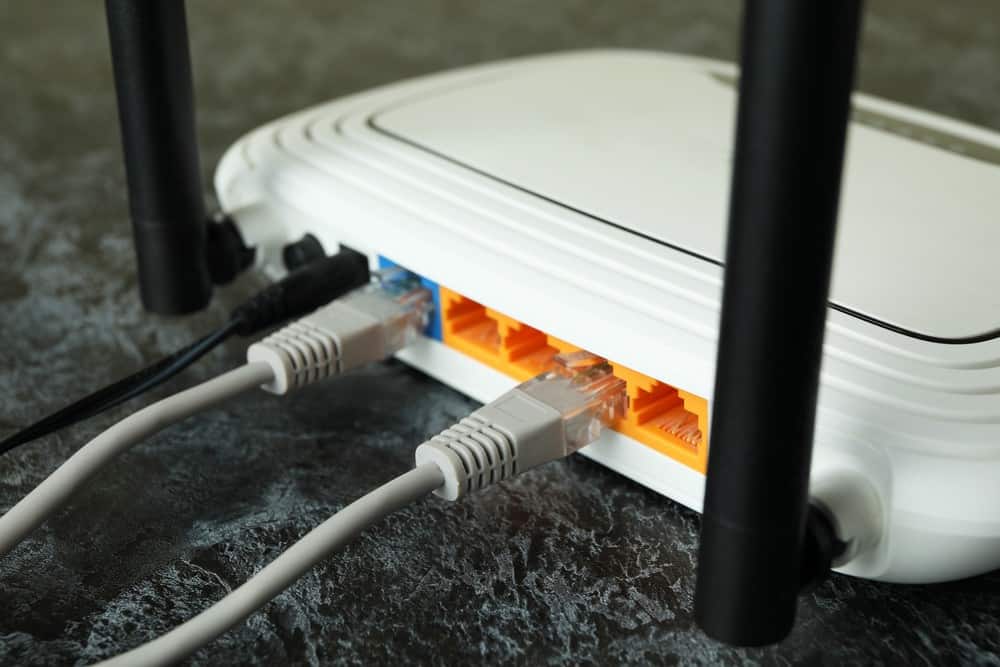
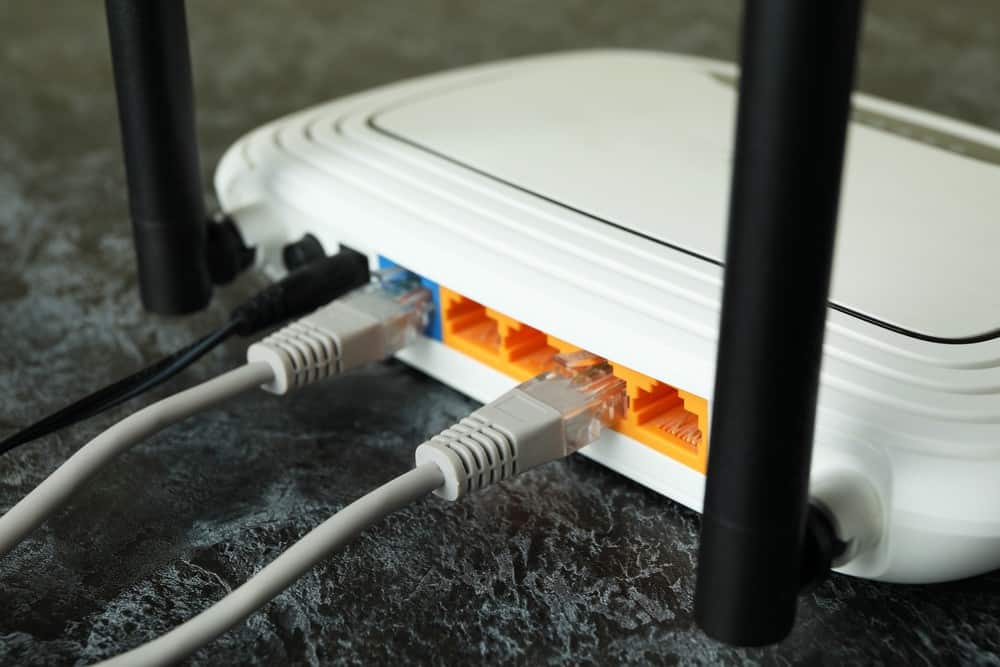


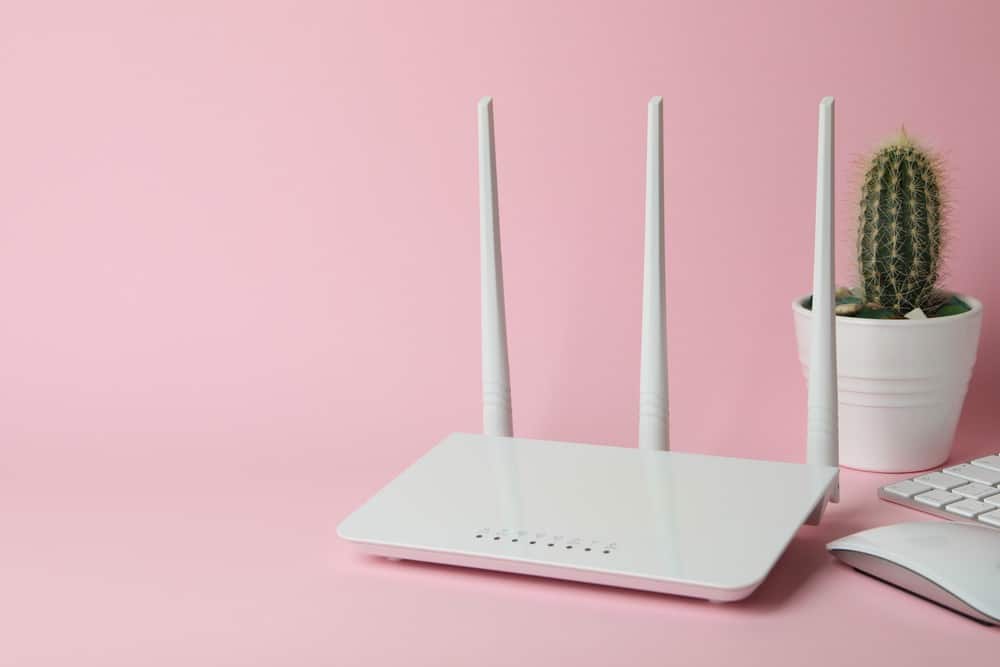
![Best BenQ Monitors in [year] 29 Best BenQ Monitors in 2025](https://www.gadgetreview.dev/wp-content/uploads/best-benq-monitor-image.jpg)
![Best Wifi Extenders For FiOS in [year] 30 Best Wifi Extenders For FiOS in 2025](https://www.gadgetreview.dev/wp-content/uploads/best-wifi-extender-for-fios-image.jpg)
![Best Fiber Optic Routers in [year] 31 Best Fiber Optic Routers in 2025](https://www.gadgetreview.dev/wp-content/uploads/best-fiber-optic-router-image.jpg)
![Best VoIP Routers in [year] 32 Best VoIP Routers in 2025](https://www.gadgetreview.dev/wp-content/uploads/best-voip-router-image.jpg)
![Best Routers for 200Mbps in [year] 33 Best Routers for 200Mbps in 2025](https://www.gadgetreview.dev/wp-content/uploads/best-router-for-200mbps-image.jpg)
![Best Routers for Optimum in [year] 34 Best Routers for Optimum in 2025](https://www.gadgetreview.dev/wp-content/uploads/best-router-for-optimum-image.jpg)
![Best Routers for Apple in [year] 35 Best Routers for Apple in 2025](https://www.gadgetreview.dev/wp-content/uploads/best-router-for-apple-image.jpg)
![Best Routers for Frontier FIOS in [year] 36 Best Routers for Frontier FIOS in 2025](https://www.gadgetreview.dev/wp-content/uploads/best-router-for-frontier-fios-image.jpg)
![Best Secure Routers in [year] 37 Best Secure Routers in 2025](https://www.gadgetreview.dev/wp-content/uploads/best-secure-router-image.jpg)
![Best Routers for Google Fiber in [year] 38 Best Routers for Google Fiber in 2025](https://www.gadgetreview.dev/wp-content/uploads/best-router-for-google-fiber-image.jpg)
![Best Routers for Cox in [year] 39 Best Routers for Cox in 2025](https://www.gadgetreview.dev/wp-content/uploads/best-router-for-cox-image.jpg)
![Best Asus Routers in [year] 40 Best Asus Routers in 2025](https://www.gadgetreview.dev/wp-content/uploads/best-asus-routers-image.jpg)
![Best Linksys Routers in [year] 41 Best Linksys Routers in 2025](https://www.gadgetreview.dev/wp-content/uploads/best-linksys-routers-image.jpg)
![Best Routers for CenturyLink in [year] 42 Best Routers for CenturyLink in 2025](https://www.gadgetreview.dev/wp-content/uploads/best-router-for-centurylink-image.jpg)
![Best WiFi Routers for Multiple Devices in [year] 43 Best WiFi Routers for Multiple Devices in 2025](https://www.gadgetreview.dev/wp-content/uploads/best-wifi-router-for-multiple-devices-image.jpg)
![Best Wired Routers in [year] 44 Best Wired Routers in 2025](https://www.gadgetreview.dev/wp-content/uploads/best-wired-router-image.jpg)
![Best Routers for 4K Streaming in [year] 45 Best Routers for 4K Streaming in 2025](https://www.gadgetreview.dev/wp-content/uploads/best-router-for-4k-streaming-image.jpg)
![Best Cisco Routers in [year] 46 Best Cisco Routers in 2025](https://www.gadgetreview.dev/wp-content/uploads/best-cisco-routers-image.jpg)
![Best eero Routers in [year] 47 Best eero Routers in 2025](https://www.gadgetreview.dev/wp-content/uploads/best-eero-routers-image.jpg)






